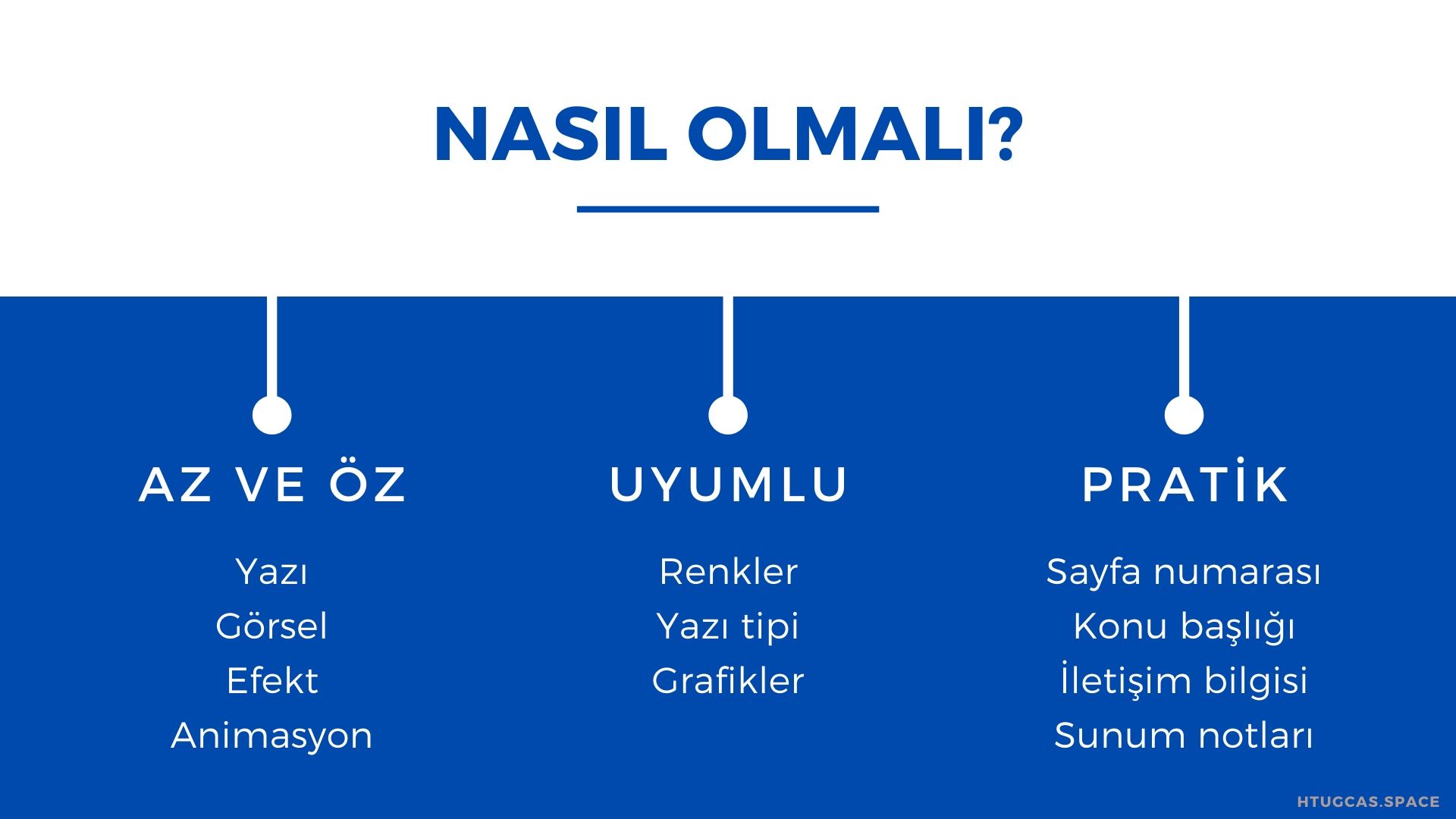AstroKahve
Astronomi ve uzay üzerine sohbetler
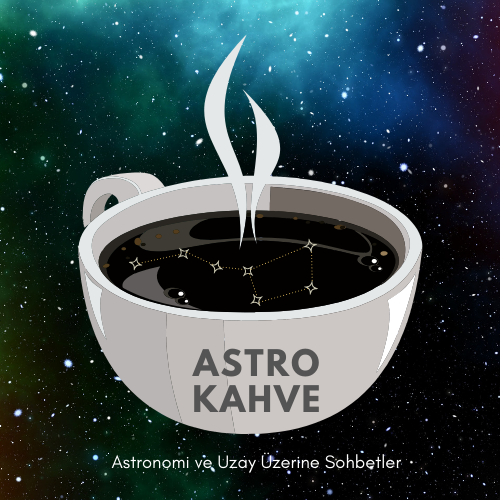
Dünya’nın bir çok yerinde aktif olan Astronomy on Tap etkinliklerine benzer şekilde astronom ve astrofizikçilerin toplum ile etkileşimini kolaylaştırmayı hedefleyen AstroKahve etkinliklerine konuşmacının seçtiği, gündemde yer alan bir konu çevresinde her yaştan dinleyiciye hitap eden astronomi sohbetleri gerçekleştirilmektedir. 2019’da İstanbul’da başlayan etkinlikler, daha sonra Ankara, Antalya ve Samsun’da gerçekleştirildi. 2020’de devam edecek ve ülkenin bir çok yerine yayılmayı hedefleyen AstroKahve etkinlikleri ile ilgili fikir, öneri ve sorularınız için Contact kısmından iletişime geçebilir, sosyal medyadan da takip edebilirsiniz.
Yıldız Yolu
 Kız çocuklarının rol model olarak alabilecekleri bilim kadınlarını görebilmesi ve astronominin ve bilimin Türkiye’nin büyük şehirleri dışındaki yerlerde de erişilebilirliğinin sağlanmasını hedefleyen Yıldız Yolu Projesi öncelikle kız çocuklarının örnek alabileceği bilim kadınlarını sınıflara taşıyabilmeyi ve canlı örnekler olarak ekipçe öğrencilerle etkileşime geçmeyi amaçlıyor. Detaylı bilgi için sosyal medya hesaplarını takip edebilir, soru ve önerilerinizi yildizyolu2020@gmail.com e-posta adresine iletebilirsiniz.
Kız çocuklarının rol model olarak alabilecekleri bilim kadınlarını görebilmesi ve astronominin ve bilimin Türkiye’nin büyük şehirleri dışındaki yerlerde de erişilebilirliğinin sağlanmasını hedefleyen Yıldız Yolu Projesi öncelikle kız çocuklarının örnek alabileceği bilim kadınlarını sınıflara taşıyabilmeyi ve canlı örnekler olarak ekipçe öğrencilerle etkileşime geçmeyi amaçlıyor. Detaylı bilgi için sosyal medya hesaplarını takip edebilir, soru ve önerilerinizi yildizyolu2020@gmail.com e-posta adresine iletebilirsiniz.
AstroNotlar
2019’un Ocak ayından itibaren her pazar günü yayınladığımız AstroNotlar’da haftalık astronomi ve uzay haberlerinin yanı sıra çeşitli astronomi konularına da değiniyoruz. Podcast olarak yayınladığımız bölümlerin yazılı hallerini de astronotlar.space adresindeki websitemizde çeşitli görseller ve kullandığımız kaynaklarla birlikte okuyuculara sunuyoruz.ABOUT
RESEARCH
PUBLICATIONS
Kozmik Buluşma
Bilim ve Teknik Dergisi
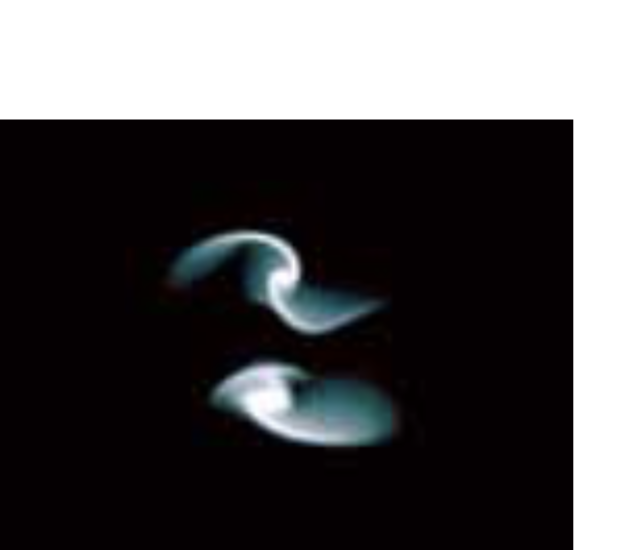 Astronomlar yaklaşık 5 milyar yıl sonra gerçekleşecek kozmik bir buluşma için şimdiden heyecanlı. Çünkü bu buluşmadaki çiftlerden biri içinde yaşadığımız Samanyolu Gökadası. Samanyolu ve Andromeda gökadaları yakın (!) bir gelecekte birleşip yeni bir gökada meydana getirecek. Peki ya bizler bu olaya tanık olabilecek miyiz?
Astronomlar yaklaşık 5 milyar yıl sonra gerçekleşecek kozmik bir buluşma için şimdiden heyecanlı. Çünkü bu buluşmadaki çiftlerden biri içinde yaşadığımız Samanyolu Gökadası. Samanyolu ve Andromeda gökadaları yakın (!) bir gelecekte birleşip yeni bir gökada meydana getirecek. Peki ya bizler bu olaya tanık olabilecek miyiz?
Popular Science
Dev Macellan Teleskobu
Bilim ve Teknik Dergisi
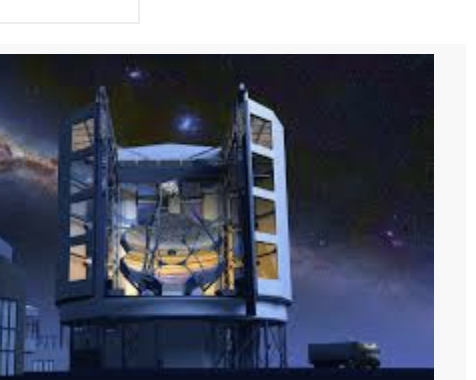 Gün geçtikçe gelişen teknoloji sayesinde uzayın sırları da birer birer çözülüyor. Astronomlar şimdi Hubble Uzay Teleskobu’nu bile gölgede bırakacak bir proje hazırlığında Dev Macellan Teleskobu (Giant Magellan Telescope, GMT), Hubble Uzay Teleskobu’nun elde ettiğinden 10 kat daha net görüntüler elde edecek ve devasa teleskoplar neslinin ilk üyesi olacak!
Gün geçtikçe gelişen teknoloji sayesinde uzayın sırları da birer birer çözülüyor. Astronomlar şimdi Hubble Uzay Teleskobu’nu bile gölgede bırakacak bir proje hazırlığında Dev Macellan Teleskobu (Giant Magellan Telescope, GMT), Hubble Uzay Teleskobu’nun elde ettiğinden 10 kat daha net görüntüler elde edecek ve devasa teleskoplar neslinin ilk üyesi olacak! Popular Science
Photoelectric Minima of Some Eclipsing Binary Stars
About The Publication
Photometric Variability of the mCP Star CS Vir: Evolution of the Rotation Period
Publications of the Astronomical Society of Australia, Volume 35, id.e004 10 pp.
The aim of this study is to accurately calculate the rotational period of CS Vir by using STEREO observations and investigate a possible period variation of the star with the help of all accessible data. The STEREO data that cover 5-yr time interval between 2007 and 2011 are analysed by means of the Lomb-Scargle and Phase Dispersion Minimization methods. In order to obtain a reliable rotation period and its error value, computational algorithms such as the Levenberg-Marquardt and Monte Carlo simulation algorithms are applied to the data sets. Thus, the rotation period of CS Vir is improved to be 9.29572(12) d by using the 5-yr of combined data set.Scientific
Photometric Variability of the mCP Star CS Vir: Evolution of the Rotation Period
About The Publication
Spectroscopic Orbital Elements For The Helium-Rich Subdwarf Binary PG 1544+488
Monthly Notices of the Royal Astronomical Society, Volume 440, 2014, Issue 3, p.2676-2683
PG 1544+488 is an exceptional short-period spectroscopic binary containing two subdwarf B stars. It is also exceptional because the surfaces of both components are extremely helium-rich. We present a new analysis of spectroscopy of PG 1544+488 obtained with the William Herschel Telescope. We obtain improved orbital parameters and atmospheric parameters for each component. The orbital period P=0.496±0.002 d, dynamical mass ratio MB/MA=0.911±0.015 and spectroscopic radius ratio RB/RA=0.939±0.004 indicate a binary consisting of nearly identical twins. The data are insufficient to distinguish any difference in surface composition between the components, which are slightly metal-poor (1/3 solar) and carbon-rich (0.3 per cent by number). The latter indicates that the hotter component, at least, has ignited helium. The best theoretical model for the origin of PG 1544+488 is by the ejection of a common envelope from a binary system in which both components are giants with helium cores of nearly equal mass. Since precise tuning is necessary to yield two helium cores of similar masses at the same epoch, the mass ratio places very tight constraints on the dimensions of the progenitor system and on the physics of the common-envelope ejection mechanism.Scientific
TEACHING
PUBLIC OUTREACH
BLOG
Pomodorum, Pomodorsun, Pomodor!
Bir türlü çalışmaya başlayamayan, aslında kısa sürede halledebileceği iş gözünde büyüdüğü için aylardır tamamlayamayan, yazmayı çok istediği halde tezini/makalesini bir türlü yazamayan, ödevin başına geçemeyenler için harika bir yöntem var:…
Bin kelimeye bedel grafikler çizmek
Gerek ödevlerde, gerekse bilimsel makale, sunum ve posterlerde yazdığımız metnin çoğu aslında verilere uyguladığımız yöntemleri ve elde ettiğimiz sonuçları gösterdiğimiz grafiklerin açıklamalarını anlatmakla doluyor. Bir resim bin kelimeye yeğdir sözü…
Sunum hazırlamanın püf noktaları
Eskiden sunumlar çoğunlukla bir toplantıda konuşma yapacak iş insanları ve araştırmacılar için bir iletişim yöntemi iken günümüzde lise sıralarından başlayarak eğitim ve iş hayatımızın hemen hemen her gününde ödev, araştırma…
Yurtiçi akademik toplantılardan nasıl faydalanabilirim?
Yurtdışına nasıl giderim diyorsunuz. Cevap ne istediğini bilen ve konusuna hakim biri olmakta. Hem yurtdışına gitmek hem de çalıştığınız konuda iyi olmak için yapmanız gereken bazı şeyler var. Bunlardan biri…
Sosyal medya iletişiminin püf noktaları
Sosyal medya sayesinde hemen herkese erişimimiz kolaylaştı. Sadece ünlülere değil bundan 10 sene önce bölüm koridorunda karşılaşınca başımızı önümüze eğip ceketimizi ilikleyeceğimiz hocalarımıza da. Ancak iletişim kurarken dikkat edilmesi gereken…
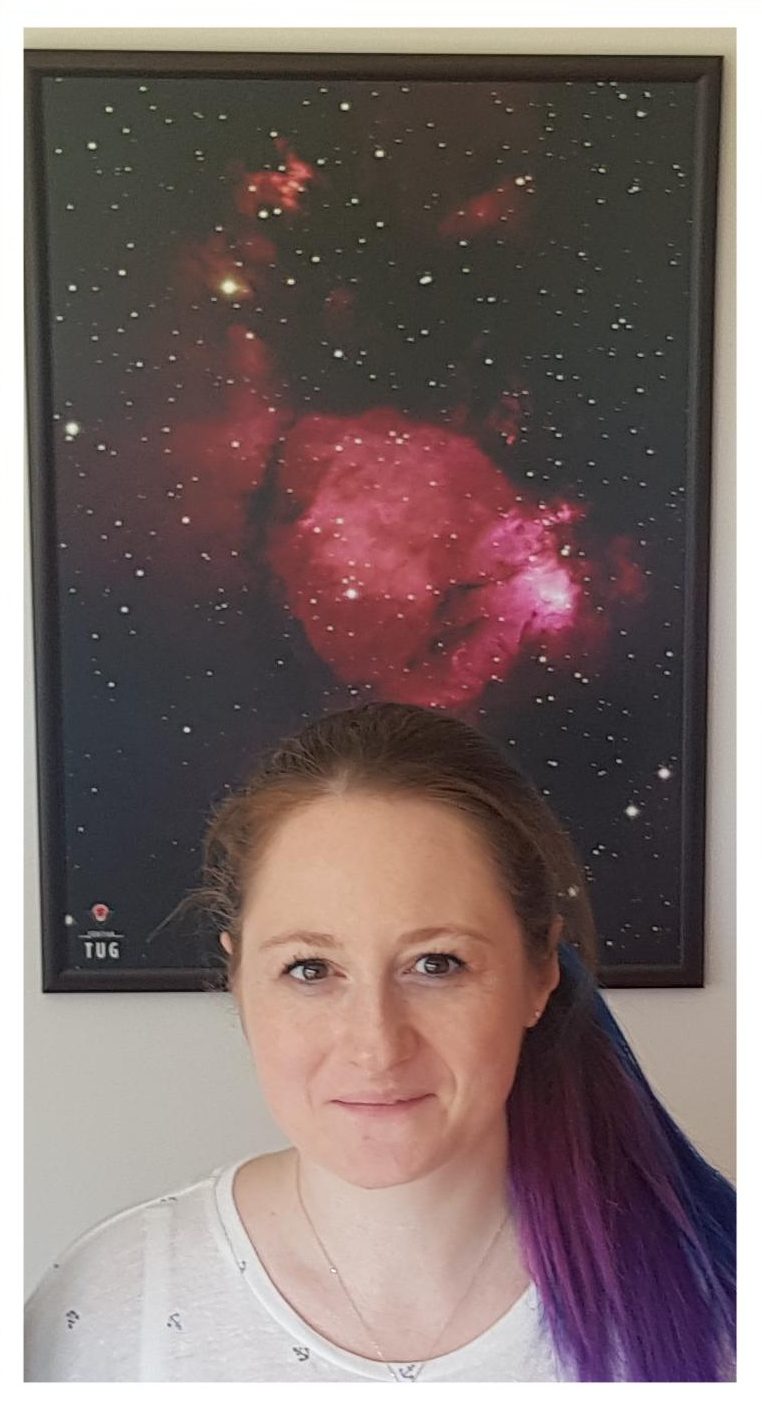 Born in 1983, Istanbul, Turkey. Graduated from Astronomy and Space Sciences department of Ankara University in 2006. Acquired a scholarship to pursue an MSc at Max Planck Institute für Radioastronomie, Üniversität Bonn. After living in Bonn for 2 years, returned back to Turkey and got her Master’s degree from Erciyes University with her thesis on ‘The relation between the absolute parameters of chromospherically active binary stars and their X-ray properties’ in 2010. Awarded a scholarship for her PhD studies at Queen’s University Belfast, United Kingdom; published a PhD thesis titled ‘Exotic binary stars as products of common- envelope evolution’ under the supervision of Prof. C.S.Jeffery at the Armagh Observatory in 2015.
Born in 1983, Istanbul, Turkey. Graduated from Astronomy and Space Sciences department of Ankara University in 2006. Acquired a scholarship to pursue an MSc at Max Planck Institute für Radioastronomie, Üniversität Bonn. After living in Bonn for 2 years, returned back to Turkey and got her Master’s degree from Erciyes University with her thesis on ‘The relation between the absolute parameters of chromospherically active binary stars and their X-ray properties’ in 2010. Awarded a scholarship for her PhD studies at Queen’s University Belfast, United Kingdom; published a PhD thesis titled ‘Exotic binary stars as products of common- envelope evolution’ under the supervision of Prof. C.S.Jeffery at the Armagh Observatory in 2015.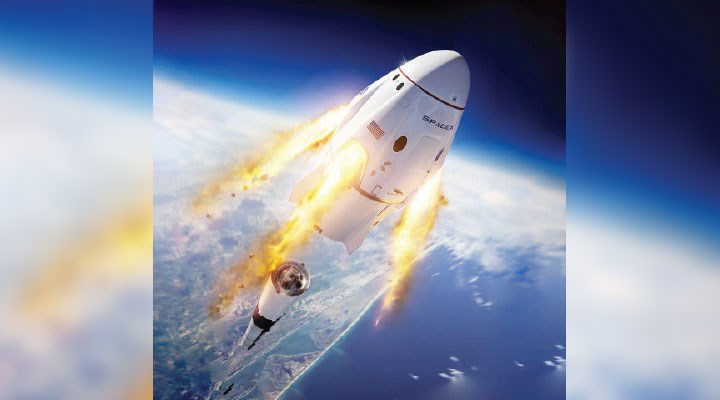 “Gökler çıkabildin, uçabildinse senindir, Tarihini kendin yazıyorsan eserindir” der Mithat Cemal Kuntay, çok sevdiğim “On beş yılı karşılarken” adlı şiirinde. Geçtiğimiz haftanın tüm dünyada yankı uyandıran konusu 2011 yılından beri ilk defa yeniden ABD topraklarından uzaya astronot gönderiliyor olması ve bunun dünya tarihinde ilk olarak bir özel firma, SpaceX, tarafından gerçekleştirmesi.
“Gökler çıkabildin, uçabildinse senindir, Tarihini kendin yazıyorsan eserindir” der Mithat Cemal Kuntay, çok sevdiğim “On beş yılı karşılarken” adlı şiirinde. Geçtiğimiz haftanın tüm dünyada yankı uyandıran konusu 2011 yılından beri ilk defa yeniden ABD topraklarından uzaya astronot gönderiliyor olması ve bunun dünya tarihinde ilk olarak bir özel firma, SpaceX, tarafından gerçekleştirmesi.  “338 yıl önce …” diye başlayan bir yazı daha ilk cümlesiyle okurlarının büyük kısmını kaybetmeye mahkûmdur. Peki ya sonunda yeni gezegenler keşfetmekten bahsedersek?
“338 yıl önce …” diye başlayan bir yazı daha ilk cümlesiyle okurlarının büyük kısmını kaybetmeye mahkûmdur. Peki ya sonunda yeni gezegenler keşfetmekten bahsedersek? 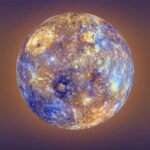 “338 yıl önce …” diye başlayan bir yazı daha ilk cümlesiyle okurlarının büyük kısmını kaybetmeye mahkûmdur. Peki ya sonunda yeni gezegenler keşfetmekten bahsedersek?
“338 yıl önce …” diye başlayan bir yazı daha ilk cümlesiyle okurlarının büyük kısmını kaybetmeye mahkûmdur. Peki ya sonunda yeni gezegenler keşfetmekten bahsedersek? 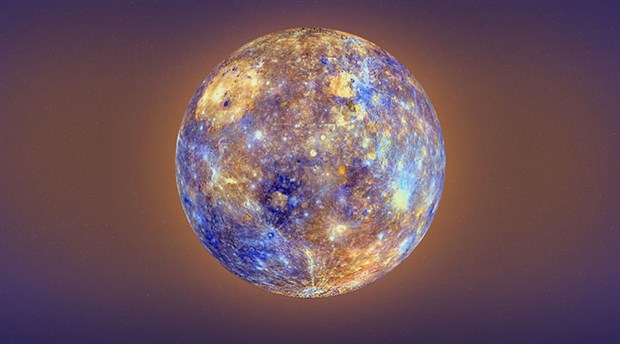
 Nüfusla birlikte gezegenimizin üzerinde kapladığımız alan da sürekli artıyor. Ne var ki Dünya yüzeyi sonsuz değil. Dünya’dan başka bir yerde yaşamak zorunda kalacağımız günler, insan ömrü ile kıyaslandığında uzak görünse de astronomi ölçeğinde çok da uzak sayılmaz. Bu nedenle, Dünya dışında yaşam bilim insanlarının öncelikli konuları arasında.
Nüfusla birlikte gezegenimizin üzerinde kapladığımız alan da sürekli artıyor. Ne var ki Dünya yüzeyi sonsuz değil. Dünya’dan başka bir yerde yaşamak zorunda kalacağımız günler, insan ömrü ile kıyaslandığında uzak görünse de astronomi ölçeğinde çok da uzak sayılmaz. Bu nedenle, Dünya dışında yaşam bilim insanlarının öncelikli konuları arasında. 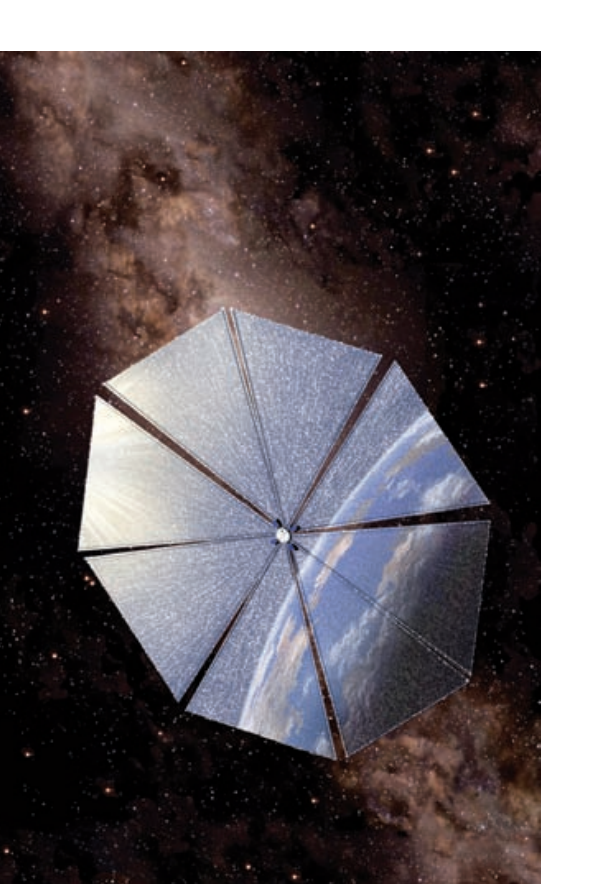 Uçurtmalarla dünya üzerinde yolculuk etmek her ne kadar alıştığımız bir durum olmasa da söz konusu uzay olunca bunu düşünebiliyoruz. Uzay yelkenlileri olarak da adlandırılan bu yapılar yeni bir itki sistemi içeriyor. Ay yolculuklarından bu yana, alçak Dünya yörüngelerinden Güneş Sistemi’nin derinliklerine kadar yüzlerce araç gönderildi. Ancak tüm bu yolculuklar kimyasal roket motorlarının gücü ve uzay aracının taşıyabileceği yakıt miktarıyla sınırlıydı.
Uçurtmalarla dünya üzerinde yolculuk etmek her ne kadar alıştığımız bir durum olmasa da söz konusu uzay olunca bunu düşünebiliyoruz. Uzay yelkenlileri olarak da adlandırılan bu yapılar yeni bir itki sistemi içeriyor. Ay yolculuklarından bu yana, alçak Dünya yörüngelerinden Güneş Sistemi’nin derinliklerine kadar yüzlerce araç gönderildi. Ancak tüm bu yolculuklar kimyasal roket motorlarının gücü ve uzay aracının taşıyabileceği yakıt miktarıyla sınırlıydı.  Kız çocuklarının rol model olarak alabilecekleri bilim kadınlarını görebilmesi ve astronominin ve bilimin Türkiye’nin büyük şehirleri dışındaki yerlerde de erişilebilirliğinin sağlanmasını hedefleyen Yıldız Yolu Projesi öncelikle kız çocuklarının örnek alabileceği bilim kadınlarını sınıflara taşıyabilmeyi ve canlı örnekler olarak ekipçe öğrencilerle etkileşime geçmeyi amaçlıyor.
Kız çocuklarının rol model olarak alabilecekleri bilim kadınlarını görebilmesi ve astronominin ve bilimin Türkiye’nin büyük şehirleri dışındaki yerlerde de erişilebilirliğinin sağlanmasını hedefleyen Yıldız Yolu Projesi öncelikle kız çocuklarının örnek alabileceği bilim kadınlarını sınıflara taşıyabilmeyi ve canlı örnekler olarak ekipçe öğrencilerle etkileşime geçmeyi amaçlıyor.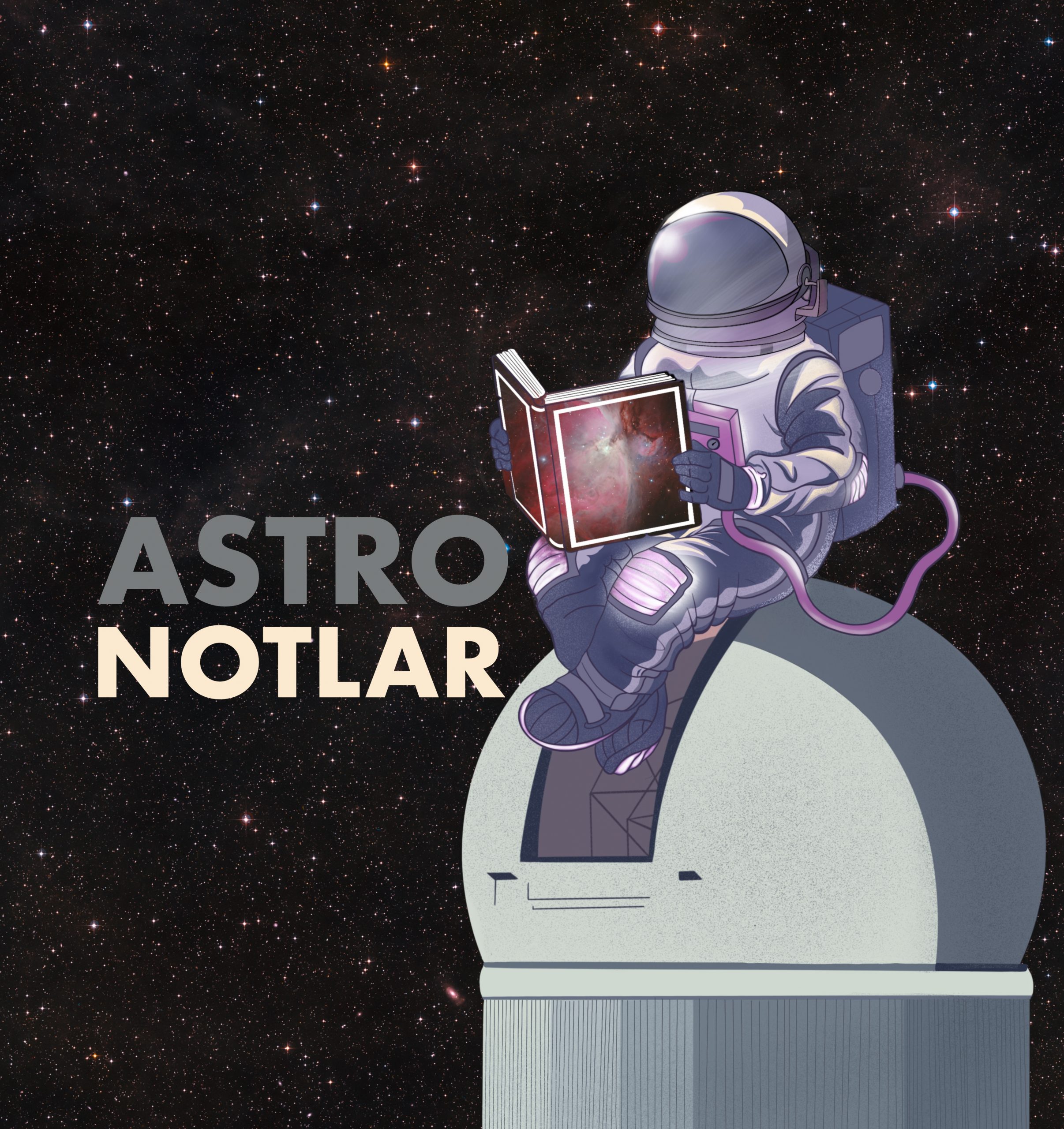 2019’un Ocak ayından itibaren her pazar günü yayınladığımız AstroNotlar’da haftalık astronomi ve uzay haberlerinin yanı sıra çeşitli astronomi konularına da değiniyoruz. Podcast olarak yayınladığımız bölümlerin yazılı hallerini de astronotlar.space adresindeki websitemizde çeşitli görseller ve kullandığımız kaynaklarla birlikte okuyuculara sunuyoruz.
2019’un Ocak ayından itibaren her pazar günü yayınladığımız AstroNotlar’da haftalık astronomi ve uzay haberlerinin yanı sıra çeşitli astronomi konularına da değiniyoruz. Podcast olarak yayınladığımız bölümlerin yazılı hallerini de astronotlar.space adresindeki websitemizde çeşitli görseller ve kullandığımız kaynaklarla birlikte okuyuculara sunuyoruz.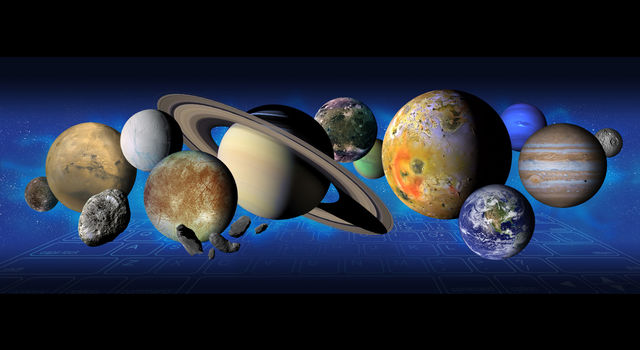 Contest Referee for Turkey
Contest Referee for Turkey 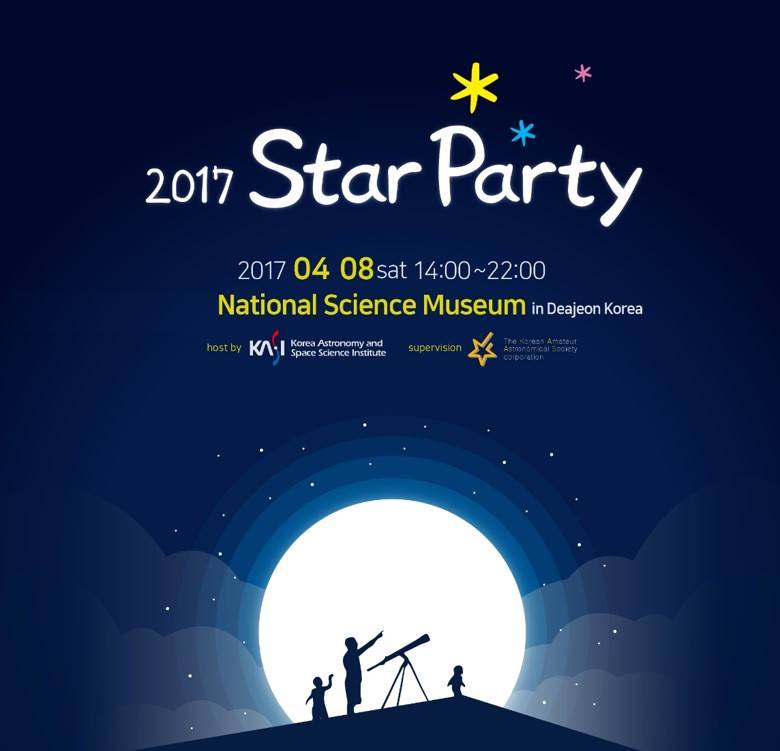 Ask a Scientist guest
Ask a Scientist guest

